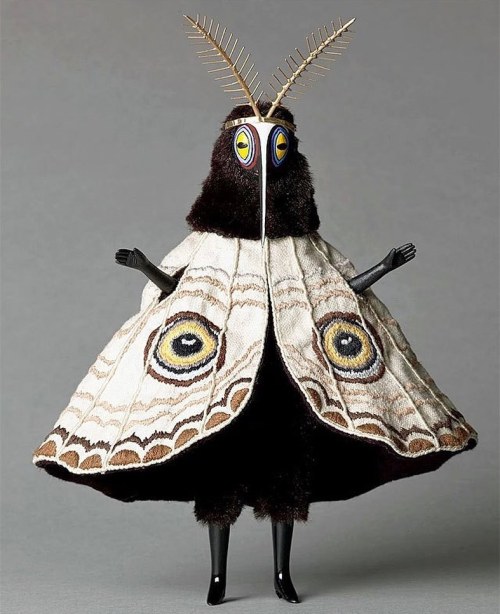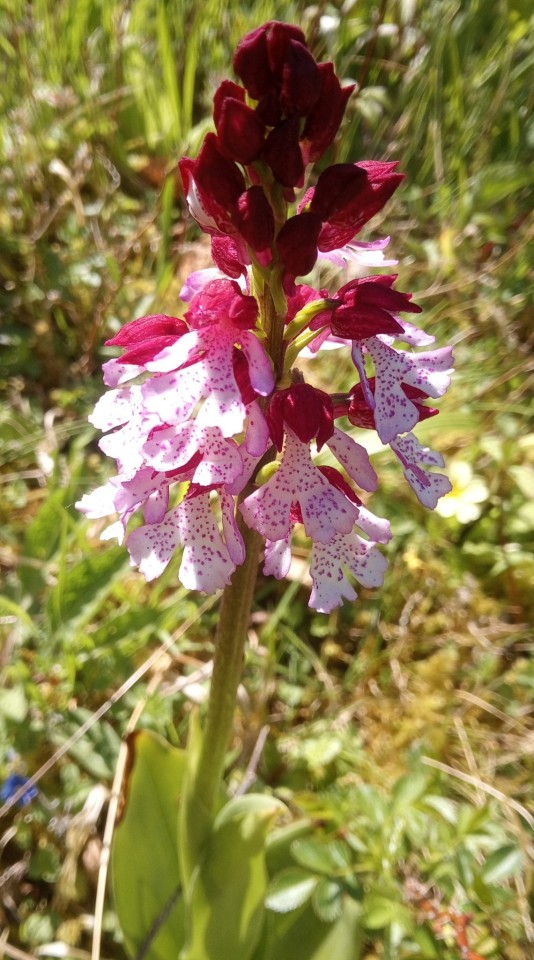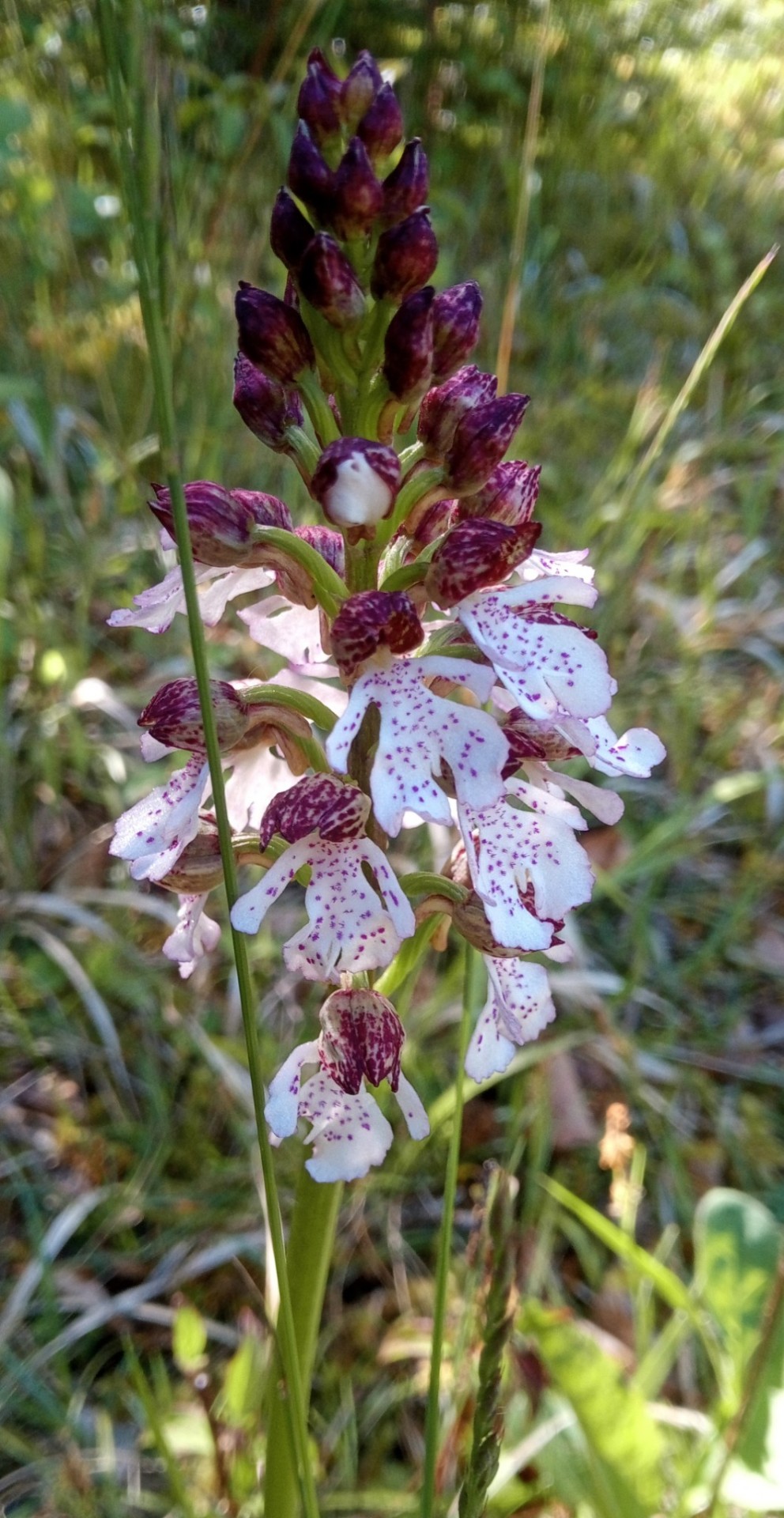If You Can Access This On Netflix Please, Please Watch Scavengers Reign. I Can't Describe How Amazing
If you can access this on Netflix please, please watch Scavengers Reign. I can't describe how amazing it is. Stunning visuals, immaculate and fun world building with a spectacular array of alien fauna and flora, beautiful character driven storytelling.
I am going to start rewatching it as I can't get it out of my head. I really need a second series. Please watch this.
It can be a bit gory in places (but most of it isn't) and does deal with some heavy topics but these were handled in such a careful way so please don't let it put you off if you think you can handle it.





Scavengers Reign 1.02 "The Storm"
More Posts from Pictures-and-things-321 and Others



The college I work for has recently got some hives and they kindly paid for me and my colleagues to do an amazing beekeeping course.
This week I did a solo hive inspection for the very first time, as I was the only trained person on site.
It has been a magnificent, if nerve-wracking experience and I can't wait to do it again next week. I am forever petrified of squishing the queen but I will hopefully get more confident with time.
We have one large hive and one smaller one. The large hive is going strong and each week we have to rearrange everything so they don't run out of space. To do this you move empty frames towards the centre of the brood box so the Queen has access to at least 2 empty frames. For some reason she only likes laying eggs on frames near the centre. You also have to check that there's enough space in the supers as this is where worker bee store most of the honey. If the colony doesn't have enough space then the bees start to get agitated and it can prompt a swarm.
The smaller hive unfortunately lost its Queen when it was being delivered to us. So we are currently trying to raise a new one. To do this we moved over a tester frame containing newly laid eggs and some grubs from our other hive. The worker bees then chose the new Queens and built special large cells for them. we knocked down all but one of these to stop a potential swarm. We then left this hive for 3-weeks to give her a chance to emerge and go on her nuptial flight. On this flight she will hopefully have mated with a number of genetically diverse drones. She has around a 30% chance of surviving this and coming back to the hive. We haven't seen her yet but fingers crossed she's there. The workers had started to make play cups indicating that they are dissatisfied with the lack of new eggs being laid. But it does take a while for her to start laying. As we don't know if she survived I put in two new tester frames with eggs and grubs from the other hive. When I do an inspection next week I will need to check for freshly laid eggs and queen cells. If I see new eggs then I know that the Queen survived, but if not and if Queen cells have been produced then we'll have to start the process of raising a Queen again.
The pictures above are from the smaller hive showing some play cups on a couple of the frames. This shows the workers are irritated at the lack of new eggs being laid. One picture also shows the entrance to the hive and one of the worker bees has pollen on their legs. This is apparently an indication that a new queen is present and is about to start laying.
General Bee info:
The Queen has a store of sperm and can control which eggs are fertilised with a little flap. Unfertilized eggs turn into drones (haploid, reproductive males). Fertile eggs turn into either worker bees (usually non reproductive, female bees) or new Queens. She lays individual eggs into each of the cells.
In a healthy hive, drones are only present in the summertime when the hive has reached sexual maturity. In an unhealthy hive the Queen can start laying drone eggs when she runs out of stored sperm. Queenless workers may also start to lay drone eggs.
When the eggs hatch, worker bees feed and nurture the grubbs with honey and variety of different pollen. It is the worker bees that choose what fertile eggs become Queens. The ones they select as potential new Queens are fed a diet of mostly royal jelly and they build larger cells for them. Workers can also choose when new queen's emerge by standing on top of the flap door to their cell. This prevents them from emerging until the workers deem the time is right.
As time progresses grubs get larger and eventually pupate within their cells. The cells are then capped with wax and the pupae starts to metamorphose internally. When the pupa are fully developed they moult and then chew their way through the wax cap. Young bees can be quite light-colored when they first emerge.
Unfortunately I don't have very many pictures of our lovely hives. It is quite hard to take photos with massive gloves on, and the longer you spend faffing around, the more stressed out the bees get. I only got these pictures because I needed to update my colleagues on certain developments. If the opportunity arises again then I will share any photos here as I think bees are really interesting.

Some wild fungi photos that I have taken this autumn. It always amazes me how quickly the fruiting bodies develop and the immense diversity of forms and colors that they can take.
I will probably be using this account to store photos that I have taken so I can use them later on, for work or in my art. Hopefully others will find them interesting or useful as well. I will avoid posting my art and other unrelated posts here.
The top one is the cap of a fly-agaric (a fairytale toadstool). I don’t know what species the others are but they were all photographed in the southeast of the UK.







Some wonderfully vibrant rainbow corn that we grew at work. They are like little gems and almost look photoshopped.
A short clip from the safari at Port Lympne zoo as well as some pretty little common twayblade orchids that were growing there





My two hand painted lepidoptera hair clips.
Now with a fancy "aesthetic" background as I had some banana leaves handy.





I had to cut some banana leaves down at work yesterday as they were threatening to grow through the greenhouse roof. So I took some pictures before putting the leaves in the avary so the birds could have a nibble.
I made the hair clips out of an old pair of jeans, acrylic paint, hot glue and French barrette hair clips.
I cover the process of making them in a previous post. If you fancy giving it a go, I would love to see what you make.






I have been making some posable insect themed dragon wings. I am planning to make some articulated paper dragon dolls/puppets for stop motion animation purposes. And also because I love derpy little dragons.
The orange and white one is based off a male orange tip butterfly and the other two are based off different species of lantern bugs.
They are made with watercolour paper, watercolour paint, ink and split pins

Moth Dress by Cat Johnson Photo credit: Christina Solomons
Today I visited the Ossuary in Hythe, Kent, UK with my parents. It was absolutely fascinating and well worth the visit if you are interested in local history (£3 adult entry).










You find yourself wondering about the lives they all lead and who they might have been. Hopefully they are all in a better place regardless.
It is no doubt due to angle and lighting but they all look like they have distinctive personalities and expressions if that makes sense.










I went along to a guided walk at Denge Wood near Canterbury (Kent, UK). The walk was run by butterfly conservation and we got to see some amazing butterflies, moths, orchids and lizards.
Including the Duke of burgundy butterfly, the green hairstreak butterfly, the dingy skipper, brimstones, orange tip butterflies, lady orchids, early purple orchids and twayblade orchids.
Unfortunately my camera is being mended so I had to take photos on my phone. But you can at least get an idea of how pretty they all are.
I would strongly recommend a visit if you are in the area and I recommend checking out the butterfly conservation website for local walks if you live in the UK as they are free and very informative.
-
 fantasydragon14 reblogged this · 4 days ago
fantasydragon14 reblogged this · 4 days ago -
 oceanicdawn reblogged this · 5 days ago
oceanicdawn reblogged this · 5 days ago -
 kittfox08 liked this · 6 days ago
kittfox08 liked this · 6 days ago -
 scorpiusb liked this · 1 week ago
scorpiusb liked this · 1 week ago -
 plesiosauric reblogged this · 1 week ago
plesiosauric reblogged this · 1 week ago -
 6thmewn liked this · 1 week ago
6thmewn liked this · 1 week ago -
 jaws41493 liked this · 1 week ago
jaws41493 liked this · 1 week ago -
 rosiedansen reblogged this · 1 week ago
rosiedansen reblogged this · 1 week ago -
 neurosquared liked this · 1 week ago
neurosquared liked this · 1 week ago -
 katiekelpies liked this · 1 week ago
katiekelpies liked this · 1 week ago -
 ch404 liked this · 1 week ago
ch404 liked this · 1 week ago -
 nararagle liked this · 1 week ago
nararagle liked this · 1 week ago -
 maehkon reblogged this · 1 week ago
maehkon reblogged this · 1 week ago -
 mxchinewxlf reblogged this · 1 week ago
mxchinewxlf reblogged this · 1 week ago -
 mxchinewxlf liked this · 1 week ago
mxchinewxlf liked this · 1 week ago -
 cellar-whales reblogged this · 1 week ago
cellar-whales reblogged this · 1 week ago -
 cellar-whales liked this · 1 week ago
cellar-whales liked this · 1 week ago -
 looseelectronstudios reblogged this · 1 week ago
looseelectronstudios reblogged this · 1 week ago -
 looseelectronstudios liked this · 1 week ago
looseelectronstudios liked this · 1 week ago -
 sapphic-design-is-my-passion reblogged this · 1 week ago
sapphic-design-is-my-passion reblogged this · 1 week ago -
 sapphic-design-is-my-passion liked this · 1 week ago
sapphic-design-is-my-passion liked this · 1 week ago -
 necrobob reblogged this · 1 week ago
necrobob reblogged this · 1 week ago -
 decadentarbiterpuppy liked this · 1 week ago
decadentarbiterpuppy liked this · 1 week ago -
 flyingincircles reblogged this · 1 week ago
flyingincircles reblogged this · 1 week ago -
 takato1993 reblogged this · 2 weeks ago
takato1993 reblogged this · 2 weeks ago -
 goodgirlsdontkissandtell liked this · 2 weeks ago
goodgirlsdontkissandtell liked this · 2 weeks ago -
 kittnteef liked this · 2 weeks ago
kittnteef liked this · 2 weeks ago -
 automatistic reblogged this · 2 weeks ago
automatistic reblogged this · 2 weeks ago -
 peippodraws liked this · 2 weeks ago
peippodraws liked this · 2 weeks ago -
 heisthours liked this · 2 weeks ago
heisthours liked this · 2 weeks ago -
 familyvaycation liked this · 2 weeks ago
familyvaycation liked this · 2 weeks ago -
 goodokolachampagne liked this · 2 weeks ago
goodokolachampagne liked this · 2 weeks ago -
 candelion liked this · 2 weeks ago
candelion liked this · 2 weeks ago -
 dinosaurs-eatmen liked this · 2 weeks ago
dinosaurs-eatmen liked this · 2 weeks ago -
 windup-scholar liked this · 2 weeks ago
windup-scholar liked this · 2 weeks ago -
 sentient-forest liked this · 2 weeks ago
sentient-forest liked this · 2 weeks ago -
 idkbeesiguess reblogged this · 2 weeks ago
idkbeesiguess reblogged this · 2 weeks ago -
 iammykink liked this · 2 weeks ago
iammykink liked this · 2 weeks ago -
 v0idsign liked this · 2 weeks ago
v0idsign liked this · 2 weeks ago -
 transmasc-latias reblogged this · 2 weeks ago
transmasc-latias reblogged this · 2 weeks ago -
 goblininatrenchcoat liked this · 2 weeks ago
goblininatrenchcoat liked this · 2 weeks ago -
 aikokima liked this · 2 weeks ago
aikokima liked this · 2 weeks ago -
 marlowowe liked this · 2 weeks ago
marlowowe liked this · 2 weeks ago -
 marlowowe reblogged this · 2 weeks ago
marlowowe reblogged this · 2 weeks ago -
 homo-sapiens-1912 liked this · 2 weeks ago
homo-sapiens-1912 liked this · 2 weeks ago -
 dullestofcrayons liked this · 2 weeks ago
dullestofcrayons liked this · 2 weeks ago -
 mustardmusketeer reblogged this · 2 weeks ago
mustardmusketeer reblogged this · 2 weeks ago -
 mooseymcman reblogged this · 2 weeks ago
mooseymcman reblogged this · 2 weeks ago -
 onlyangel28 liked this · 2 weeks ago
onlyangel28 liked this · 2 weeks ago

Hello, I love plants, animals (particularly insects), art, craft, animation and other random stuff like creature design and sci-fi. My pronouns are she/her and I am aro/ace.
29 posts





